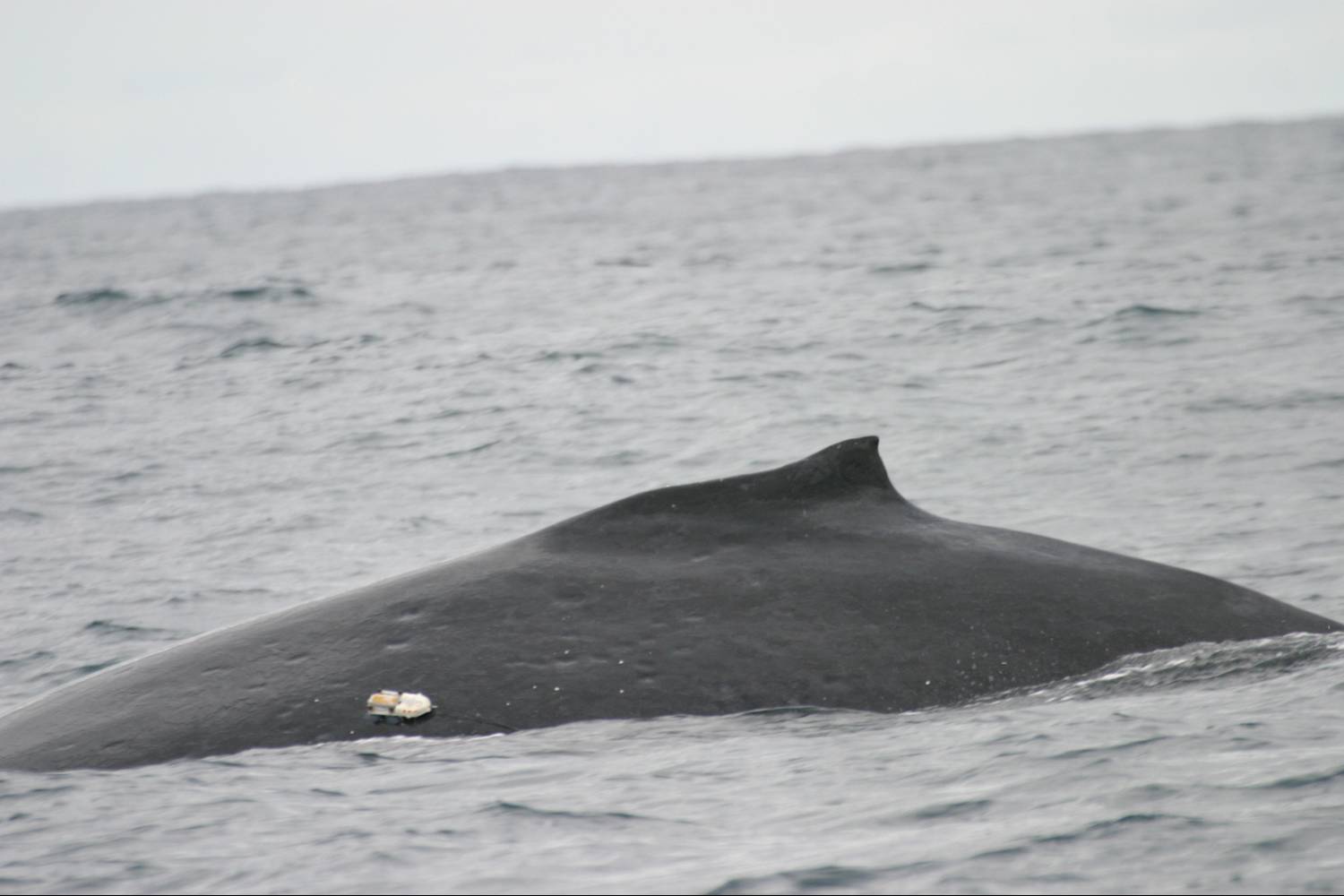Please note: You are viewing the unstyled version of this website.
Either your browser does not support CSS (cascading style sheets) or it has been disabled.
Skip navigation.
|
|
Last updated: June 23, 2011 | |||||
Copyright ©2007 Woods Hole Oceanographic Institution, All Rights Reserved, Privacy Policy. |



